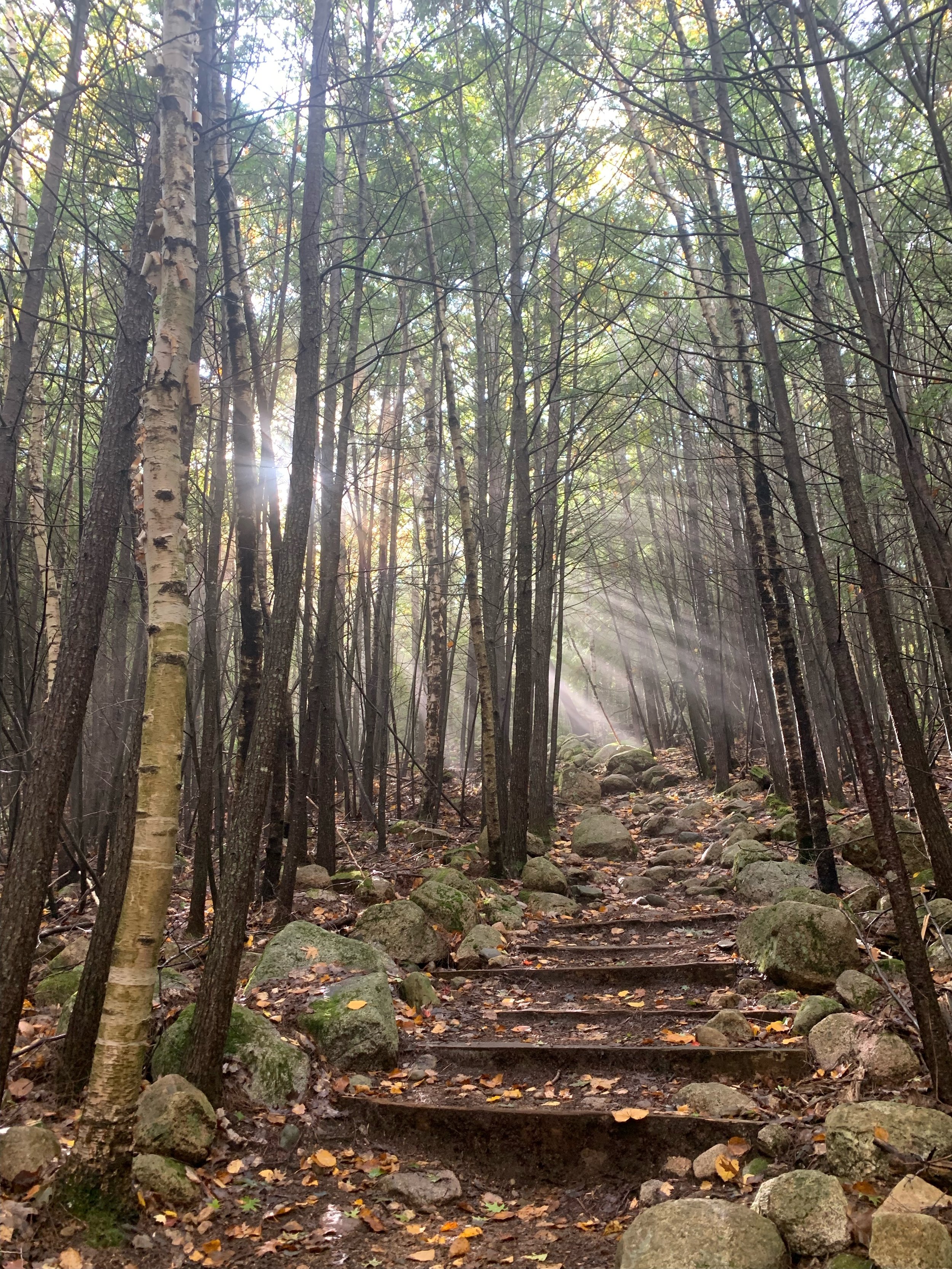Mount Waldo Quarry Project
One of Down East Magazine’s top 10 most-read stories of 2022.
A group of scuba divers recently explored the bottom of the Mount Waldo quarry for the first time in 30 years to discover what’s underneath the surface. I accompanied them, writing about it for the August 2022 issue of Down East Magazine.
Photo by Dan Rajter
Behind the Story
As happens, I learned far more while researching this story than I was able to fit in the 1300 words it needed to be molded into. Perhaps another essay is forthcoming, certainly the chapter of a book. There are a few things, however, I want to mention now.
First: a lot gets left out of a magazine story, in this case—perhaps strangely because of what the story circles around—both the real danger of quarry jumping/swimming in general and an acknowledgment of the trauma of those who have lost family and friends there. Many extensive search and rescue missions have been carried out at the Mount Waldo quarry over the years and not all that have fallen made it out alive.
In response to a survey I put out gathering public perceptions of what might be under the water, one elder said, “A lot of lost souls.” She was referring both to people who died while working in the quarries and those who died in cliff-jumping accidents. While this story doesn’t focus on that particular angle, it’s an important part of the mountain’s story and I want to acknowledge it, at least here.
Secondly, the story of a mountain does not begin when the mountain comes to be seen as valuable from a colonial-settler perspective, whether because it contains a profitable, exploitable mineral or because said settlers—myself included—love walking up it to see the view and enjoy the blueberries. (In listening to a recent Red Nation podcast, I was reminded of the connection between transcendentalism and settlers’ feeling of entitlement to “pristine” wilderness free from human presence, including the contentious creation of national parks)
One story is that this particular mountain developed during the Devonian Period 32 million years ago—give or take a few million years, lol. For the Penobscot people who lived in this area for roughly 11,000 years until (ongoing) genocidal actions and policies dispossessed them of their land, it was an important landmark or way-finder. It still is.
In speaking with Penobscot scholar Darren Ranco, I learned that while settlers may be used to gazing at water from land, the Penobscot perspective (at least as it relates to language and place names) is gazing at land from water. If you were in a canoe in the Penobscot River headed north toward Penobscot ancestral homelands, Mount Waldo* or keenabskatnek, (where there is a great, bouldery mountain), would have been a guidepost. Penobscot elder and language-keeper, Carol Dana says, “Every time I go by I feel our people up in the hills there watching.
If you’d like to learn more about whose land you are on, visit Native Land Digital.
To learn more about Penobscot places and names, check out this webinar with Carol Dana and Margaret Pearce: Mapping Indigenous Place Names. You can also purchase an incredible bilingual atlas of traditional Penobscot homelands: Iyoka Eli-Wihtamakw Kǝtahkinawal / This Is How We Name Our Lands from the Maine Historical Society.
To be clear, abuses perpetrated by settlers against Wabanaki peoples are ongoing (and there are plenty of things you can do to support Wabanaki sovereignty and Wabanaki-led initiatives). Check out some of the links below to learn more.
Lastly, I’m on this learning journey, too.
Further Resources
Eastern Woodlands Rematriation Collective
*Best not to get me started on the colonial name(s) of this mountain. I’ll write about dastardly Bridadier General Samuel Waldo soon enough.
Do you have a story to share about Mount Waldo/the quarry? I’d love to hear from you. Send me a message here. (While this particular story has been filed, my research/reporting/writing about this mountain is ongoing.)

